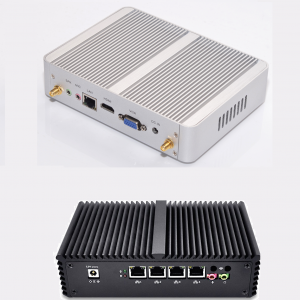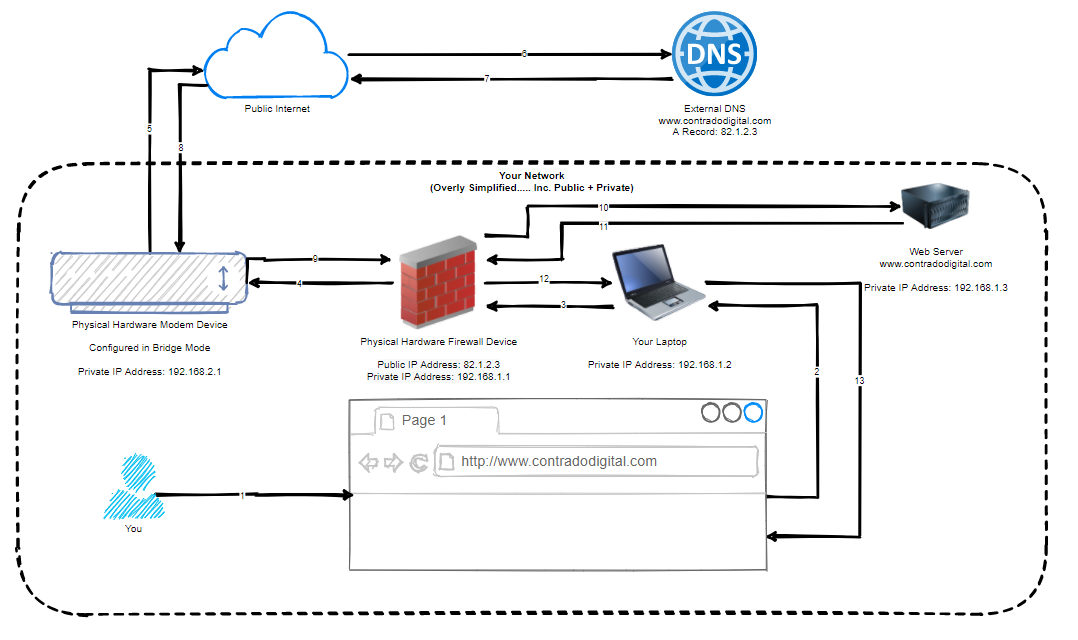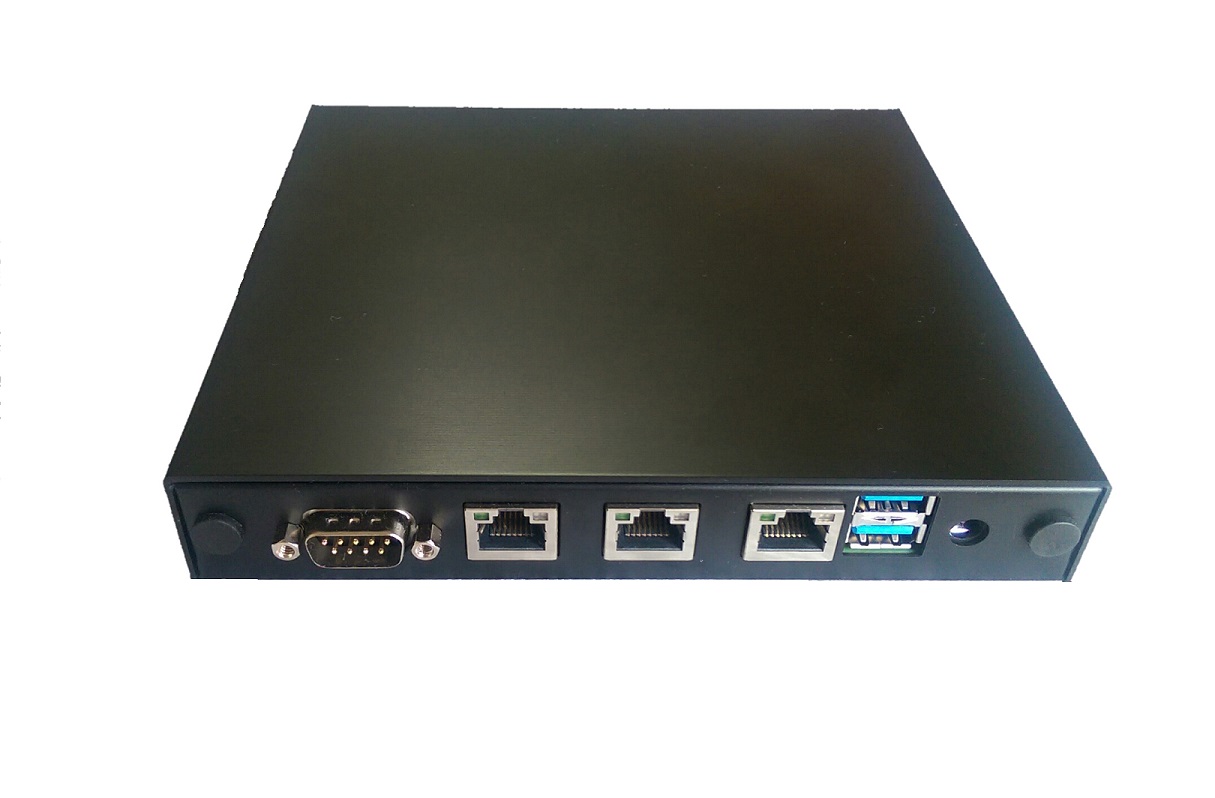
Note that the CPU usage has increased from 3% to 30% and core temperatures range from 55 to 58 degrees C. The screenshot above shows an example of the same FW4B that is running an iperf test at linerate for over 40 minutes. This is well within normal range.ĭashboard with Thermal Monitoring, Iperf 40 Minutes Note that the core temperatures range from 51 to 53 degrees C. The screenshot above shows an example of the FW4B that is essentially idle for over 40 minutes. Verify the Thermal Sensors box is displayed at the bottom of the dashboard.Verify the “Available Widgets” box appears.Click the “+” icon in the upper right corner.The following steps will show how to display thermal monitoring on the dashboard. The preceding steps enabled thermal monitoring. Thermal monitoring of the CPUs is now enabled.Verify success message is displayed at the top of the page.Click “Save” button at the bottom of the page.System->Advanced->Miscellaneous->Cryptographic & Thermal Hardware From the drop down, choose “Intel Core* CPU…”.Scroll down to “Cryptographic & Thermal Hardware”.Select “System –> Advanced” and click on the “Miscellaneous” tab.Browse to the pfSense® CE Dashboard, default 192.168.1.1 on the LAN port.Enable Thermal MonitoringĮnabling Thermal Monitoring is done through the pfSense® CE WebUI.

The following article will describe how to enable and monitor the thermal sensors. Intel based CPUs have built in thermal monitoring and pfSense® CE can access it to display temperatures on the dashboard. However, Thermal Monitoring can be used to verify the Vault is operating under normal thermal conditions. Although the case may be warm to the touch, it most likely indicates that the system is functioning correctly. The case is designed to dissipate the heat generated by the unit.

The Vault has a solid state, fanless design.



 0 kommentar(er)
0 kommentar(er)
